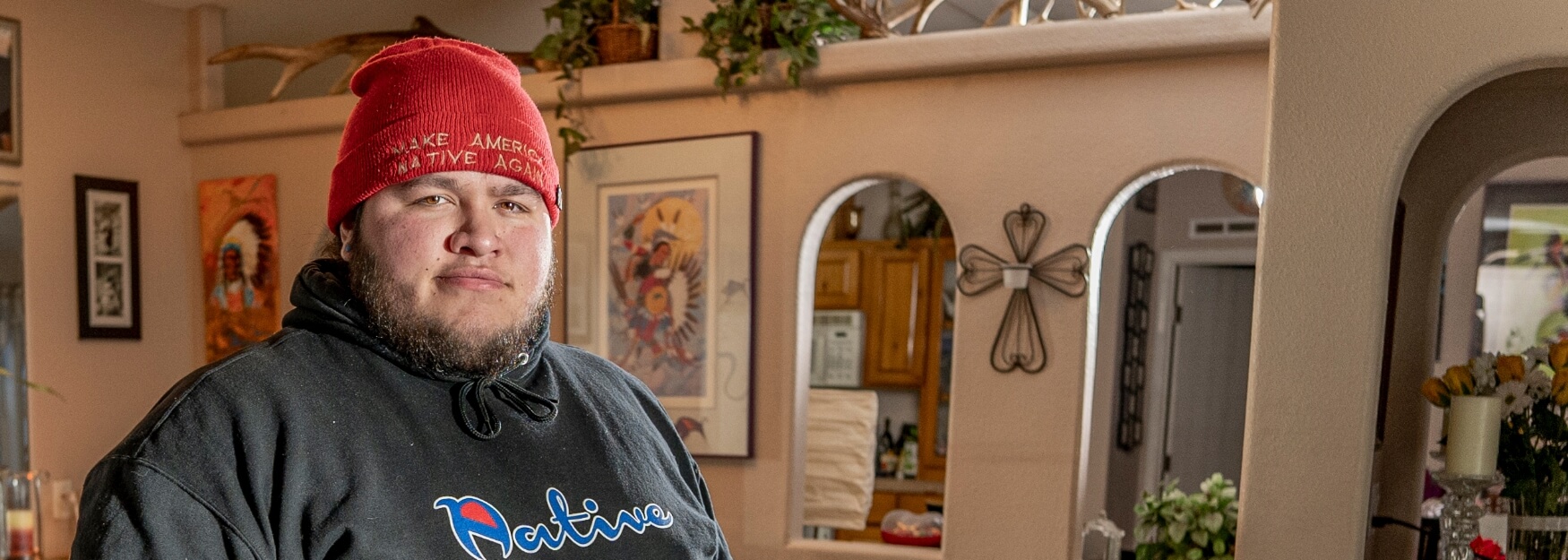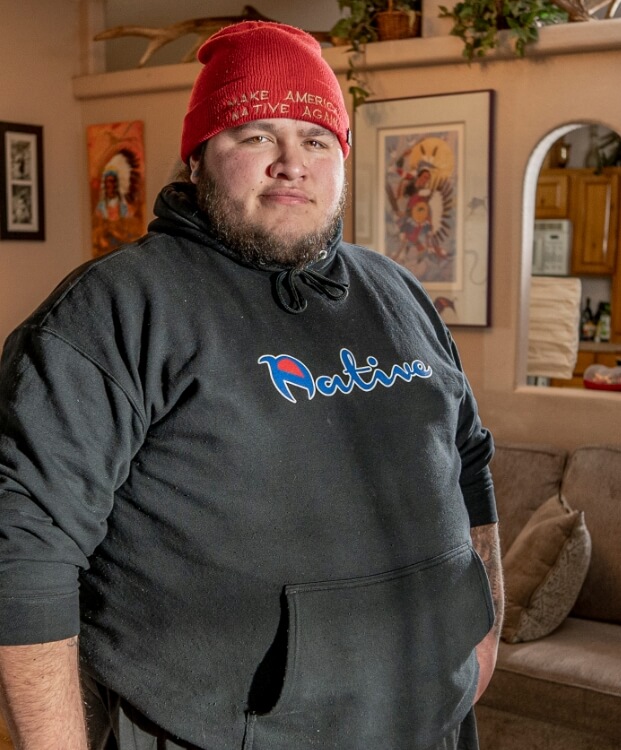Opioid Safety
In the second video Isaac Tonasket ever posted online, he sang an old Cree Federation song at Multnomah Falls. The video went viral, and Isaac’s life changed. Now he has followers around the world, but especially on Native TikTok. His videos have been viewed millions of times.
He sang the song for his dad, Chris Tonasket, who died of a heart attack in 2013. Like Isaac, Chris was part of the Confederated Tribes of the Colville Reservation.
That video “connected with people because everyone has lost someone in their life,” Isaac says. “Everyone has been through hell and back.”
As many Natives know, Isaac can sing, and he can make people laugh. His video “How Natives Give Directions” has close to 2 million views. What many people don’t know: Isaac is sober and always has been. It’s a decision he made for himself, but with others in mind. He wants to show his siblings and others that they can choose to skip substance use. He wants to protect his mom against added worry and stress.
“My decision is pretty simple,” he says. “I’m a leader.”
Monica Tonasket, Isaac’s mom, is a member of the Spokane Tribe of Indians. For Isaac’s strong sense of self, she credits his connections to his culture, his Native identity.
“He channels our ancestors,” Monica says. “When you know who you are, you become stronger. I feel like Isaac has that.”
ISAAC TONASKET
Connection protects us
In the second video Isaac Tonasket ever posted online, he sang an old Cree Federation song at Multnomah Falls. The video went viral, and Isaac’s life changed. Now he has followers around the world, but especially on Native TikTok. His videos have been viewed millions of times.
He sang the song for his dad, Chris Tonasket, who died of a heart attack in 2013. Like Isaac, Chris was part of the Confederated Tribes of the Colville Reservation.
That video “connected with people because everyone has lost someone in their life,” Isaac says. “Everyone has been through hell and back.”
As many Natives know, Isaac can sing, and he can make people laugh. His video “How Natives Give Directions” has close to 2 million views. What many people don’t know: Isaac is sober and always has been. It’s a decision he made for himself, but with others in mind. He wants to show his siblings and others that they can choose to skip substance use. He wants to protect his mom against added worry and stress.
“My decision is pretty simple,” he says. “I’m a leader.”
Monica Tonasket, Isaac’s mom, is a member of the Spokane Tribe of Indians. For Isaac’s strong sense of self, she credits his connections to his culture, his Native identity.
“He channels our ancestors,” Monica says. “When you know who you are, you become stronger. I feel like Isaac has that.”
ISAAC TONASKET
Connection protects us


Sharing information about fentanyl and other opioids helps prevent kids from using them. We also can teach kids about the signs of opioid overdose and carrying naloxone — young people can save lives.
It doesn’t have to feel heavy. Make it a conversation. Maybe start with, “Can we talk about something that is on my mind?” Or maybe a direct approach works best with your kid, like: “We should talk about fentanyl, because we’re seeing it hurt people in our community (or tribe or family).”
Listen to them. Answer their questions. Hear what they have to say. And keep the conversation going over time.
Sharing information about fentanyl and other opioids helps prevent kids from using them. We also can teach kids about the signs of opioid overdose and carrying naloxone — young people can save lives.
It doesn’t have to feel heavy. Make it a conversation. Maybe start with, “Can we talk about something that is on my mind?” Or maybe a direct approach works best with your kid, like: “We should talk about fentanyl, because we’re seeing it hurt people in our community (or tribe or family).”
Listen to them. Answer their questions. Hear what they have to say. And keep the conversation going over time.
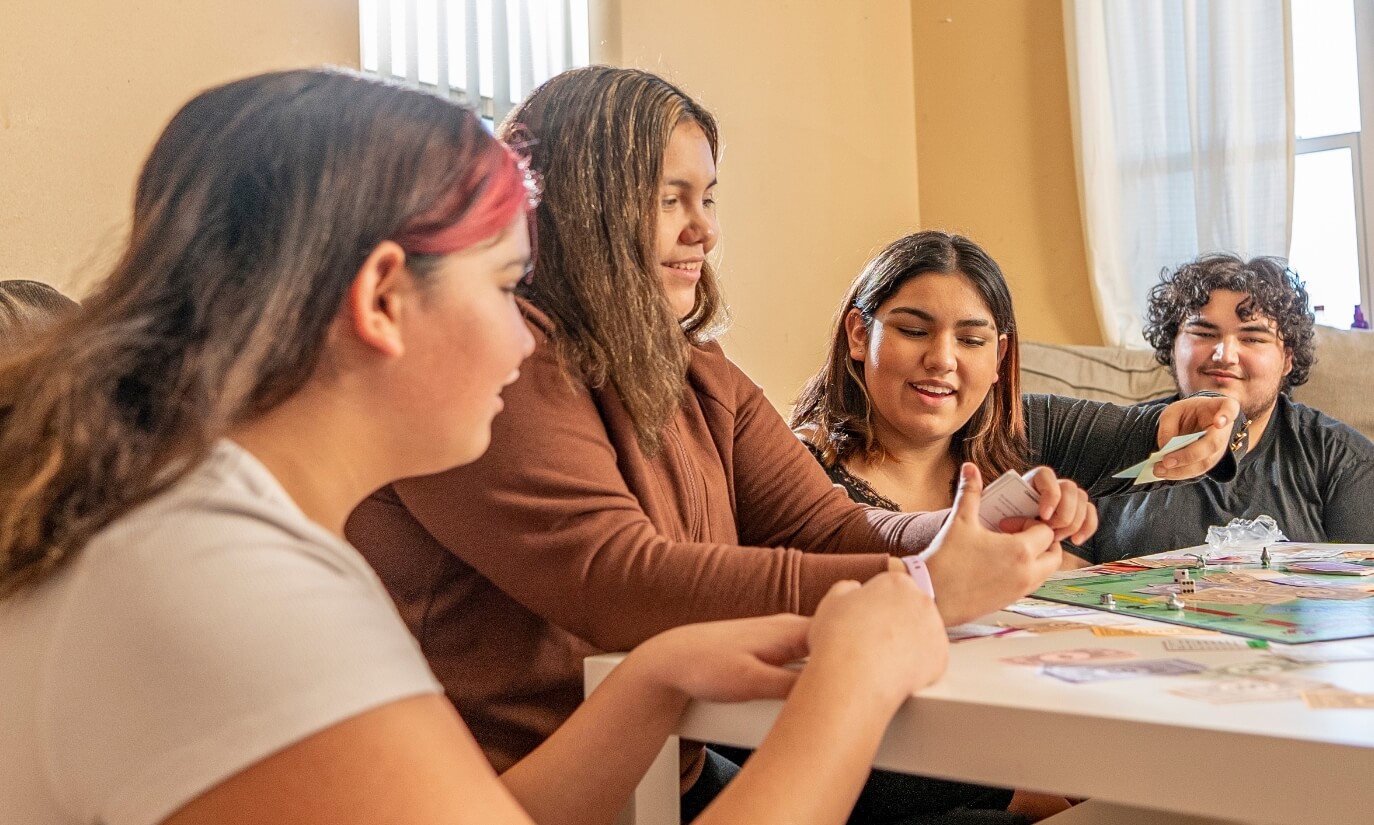
Focus on the facts. Share specific ways young people can help protect themselves and their friends against fentanyl and other opioids.
Fentanyl is a powerful opioid. It’s 50 times stronger than heroin and 100 times stronger than morphine.
Fentanyl is addictive. Many people can get addicted faster than they expect.
Fentanyl is invisible. You can’t taste, smell, or see it. It’s commonly mixed with other drugs, so you might not know you’re taking it. Tiny amounts of fentanyl can cause a fatal overdose.
There’s no safe source of illicit fentanyl. No matter where people get pills, powders, or drugs in any form, they can overdose. If one pill doesn’t cause overdose, the next one could.
Opioid misuse often starts with people using medication not prescribed to them. Prescription opioids should be locked up and disposed of when no longer needed.
Naloxone saves lives. Anyone can learn the signs of opioid overdose and carry and use naloxone, also called Narcan, to reverse it after calling 911. Under Washington law, you won’t get in trouble for getting help to save a life, even if there are drugs around. Many tribes have similar laws. Ask your tribal health care center or police about your tribe’s laws.
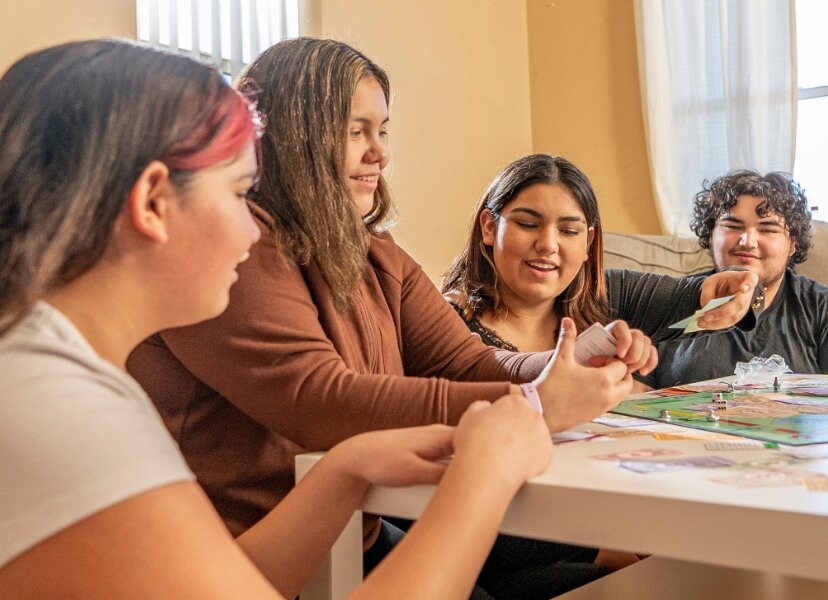
Focus on the facts. Share specific ways young people can help protect themselves and their friends against fentanyl and other opioids.
Fentanyl is a powerful opioid. It’s 50 times stronger than heroin and 100 times stronger than morphine.
Fentanyl is addictive. Many people can get addicted faster than they expect.
Fentanyl is invisible. You can’t taste, smell, or see it. It’s commonly mixed with other drugs, so you might not know you’re taking it. Tiny amounts of fentanyl can cause a fatal overdose.
There’s no safe source of illicit fentanyl. No matter where people get pills, powders, or drugs in any form, they can overdose. If one pill doesn’t cause overdose, the next one could.
Opioid misuse often starts with people using medication not prescribed to them. Prescription opioids should be locked up and disposed of when no longer needed.
Naloxone saves lives. Anyone can learn the signs of opioid overdose and carry and use naloxone, also called Narcan, to reverse it after calling 911. Under Washington law, you won’t get in trouble for getting help to save a life, even if there are drugs around. Many tribes have similar laws. Ask your tribal health care center or police about your tribe’s laws.
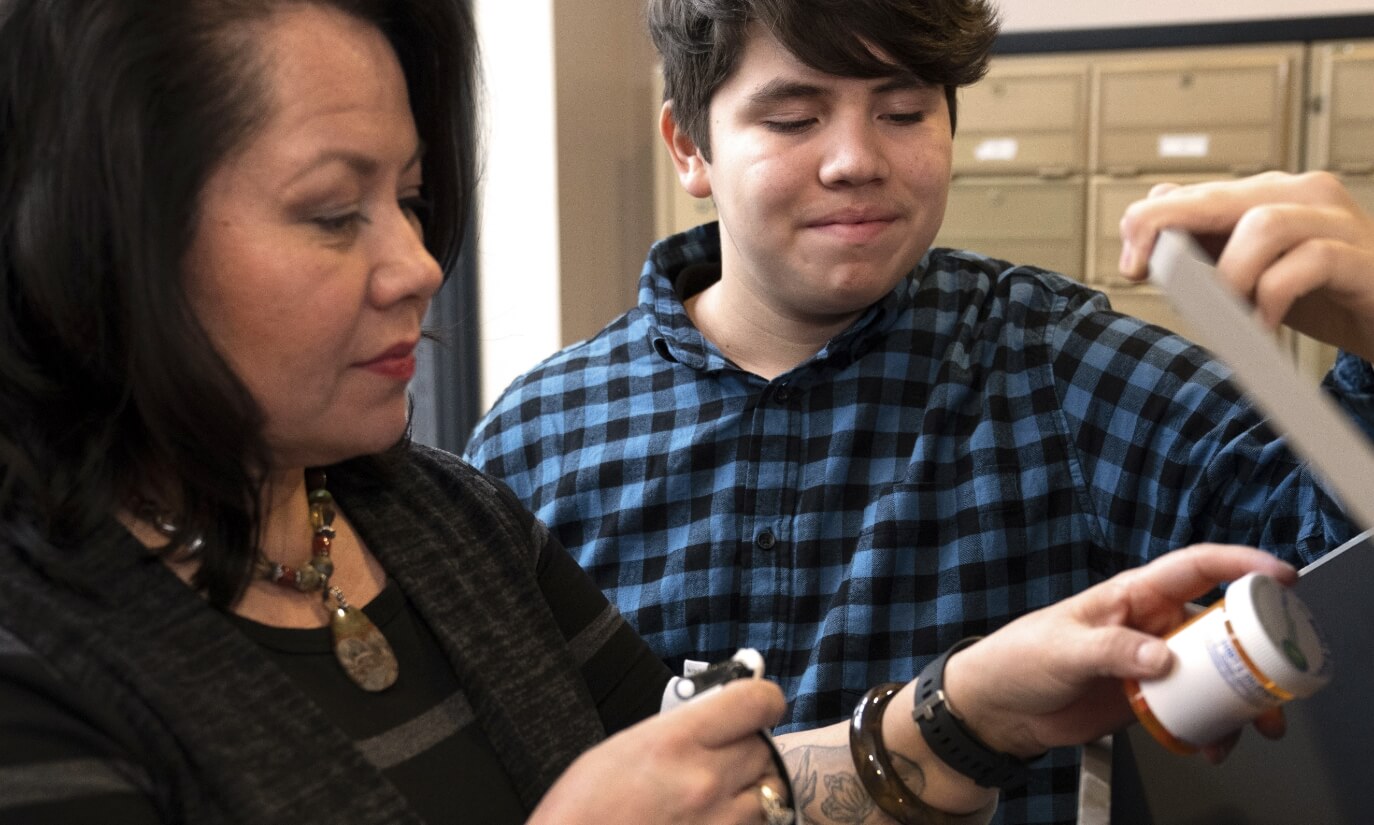
Opioid misuse often starts when people use medication that wasn’t prescribed for them. Usually it’s medication prescribed for a friend or family member. Common opioid medications are oxycodone (OxyContin), hydrocodone (Vicodin), and morphine, along with fentanyl.
- Don’t share opioid medications.
- Lock up medication in a cabinet, drawer, or safe. You also can get a special locking bag. Some pharmacies give them to customers, or you can buy them online. Lock up medication in a space where people spend time together (like the kitchen) rather than in a closed-off area (like the bathroom).
- Know how many pills you have and count them regularly to make sure nothing is missing.
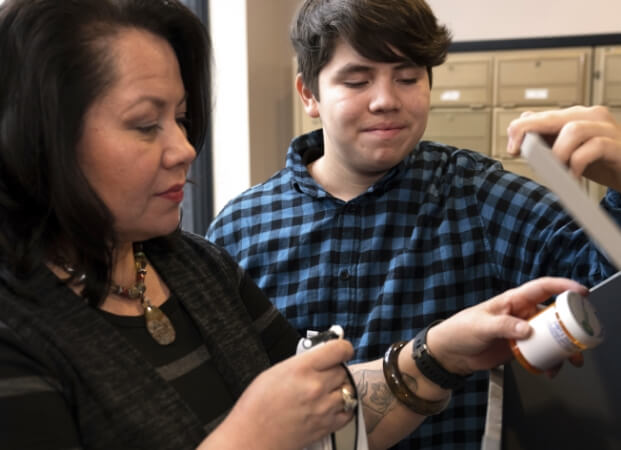
Opioid misuse often starts when people use medication that wasn’t prescribed for them. Usually it’s medication prescribed for a friend or family member. Common opioid medications are oxycodone (OxyContin), hydrocodone (Vicodin), and morphine, along with fentanyl.
- Don’t share opioid medications.
- Lock up medication in a cabinet, drawer, or safe. You also can get a special locking bag. Some pharmacies give them to customers, or you can buy them online. Lock up medication in a space where people spend time together (like the kitchen) rather than in a closed-off area (like the bathroom).
- Know how many pills you have and count them regularly to make sure nothing is missing.
HOW TO GET UNUSED MEDICATION OUT OF YOUR HOME.
When someone you live with is done with their prescription, get opioid medication out of your home. Three ways:
- Find a convenient take-back kiosk by entering your ZIP code at MedTakeBackWashington.org.
- Order mail-back supplies at no charge at MedTakeBackWashington.org.
- Ask about drop-box location at your health center, police department, or pharmacy.
